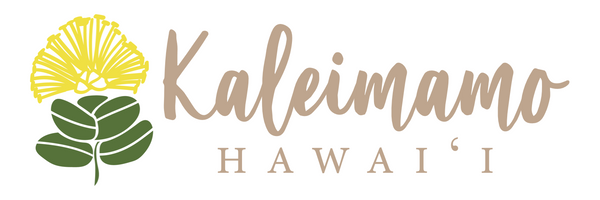Huihui Pūpū
Pūpū (shells) and their creatures have been used for centuries in Hawaiʻi for food, lei, decoration, and trade, among other uses. This print features marine shells found in Hawaiʻi, including the hebrew cone, flea cone, textile cone, episcopal miter and leho (cowry). These shells serve as homes for animals, so please remember not to take any shells with living creatures, unless it is for sustenance!
Pūpū ʻalā, or cones shells, are well known for their variety of beautiful patterns and powerful sting. Cone shells use a venomous harpoon to instantaneously paralyze their prey, which can include worms, mollusks, or small fish. Even humans have been fatally wounded when admiring live cone shells, although the weaker venom is more comparable to a bee sting.

Miter shells include a large group of species of which the episcopal mitter is one. It is commonly found in shallow sandy waters and can grow up to around 6 inches long.
Leho, or cowry shells, are another large group of species, of which, Hawaiʻi has a large number of endemic species. Famous for their beautiful colors and patterns, with a glossy finish, leho are also a favorite food of the heʻe (octopus). For that reason, leho are used to make lūheʻe, octopus lures. The lure includes a line attached to a hook with a rock for a sinker and leho for bait.


This print was created in collaboration with Mokulehua. Similarly printed products were also made by Kahua ʻĀina.
